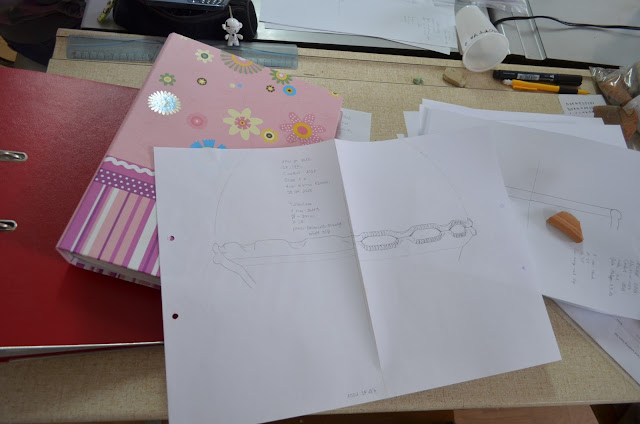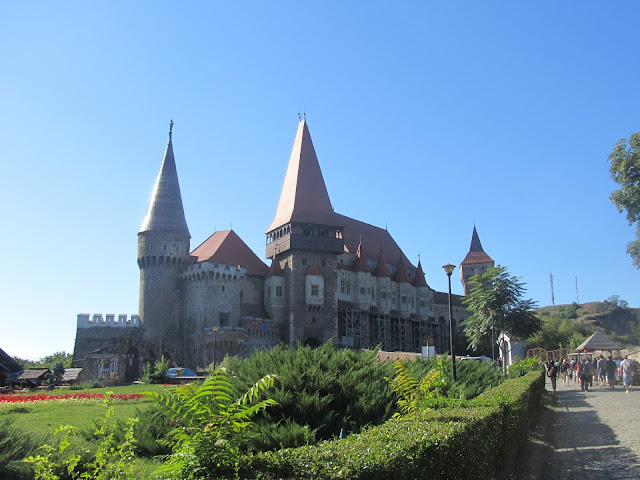Four weeks of intensive fieldwork
represented a great opportunity for researchers and students to examine an
urban area of the colonia Aurelia
Apulensis, next to the insula of
the Liber Pater sanctuary, unearthed by previous archaeological excavations.
In this year the site hosted many
students from Germany, Hungary and Romania, eager to experience and learn interdisciplinary
and innovative methods used during field work. Due to the enthusiastic
team-work, by the end of this season the remains of two different stone-buildings
were identified. The functionality of the buildings, with traces of massive
destruction and demolition, could not be clarified yet, this remaining the main
task for the next campaign.
Unearthing the remains of the
aforementioned constructions required a constant effort from the team. Removing
the compact and thick clay alluvium layers covering the ruins required a wide
range of techniques and use of tools: from mattocking and shoveling to cleaning
with the hoe, trowel and brush. The members of the team could easily accomplish
the basic field work techniques and learned the proper use of tools, even if the
wheelbarrows were often quite heavy for some of us.
The field activity of the
students was not limited to “digging” and unloading wheelbarrows. They were actively
involved in the documentation process. There is no team member who did not take
his share in this bustle. Everybody learned how to register and collect
small-finds, how to measure them with the total station. Planning and drawing
different contexts as well as completing context sheets were also among every
student’s task.
Team-members were also initiated
in other interdisciplinary domains like topography, archaeobotanics and GIS.
They could learn on site how to use the total station, how to collect and sieve
soil samples and they also took part in the topographical survey of the
archaeological location.
Beside the multidisciplinary training and hard
physical work, the good atmosphere and the excellent team work have also
contributed to the success of this archaeological campaign.
Mission accomplished!







































